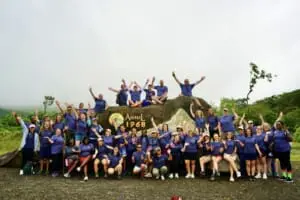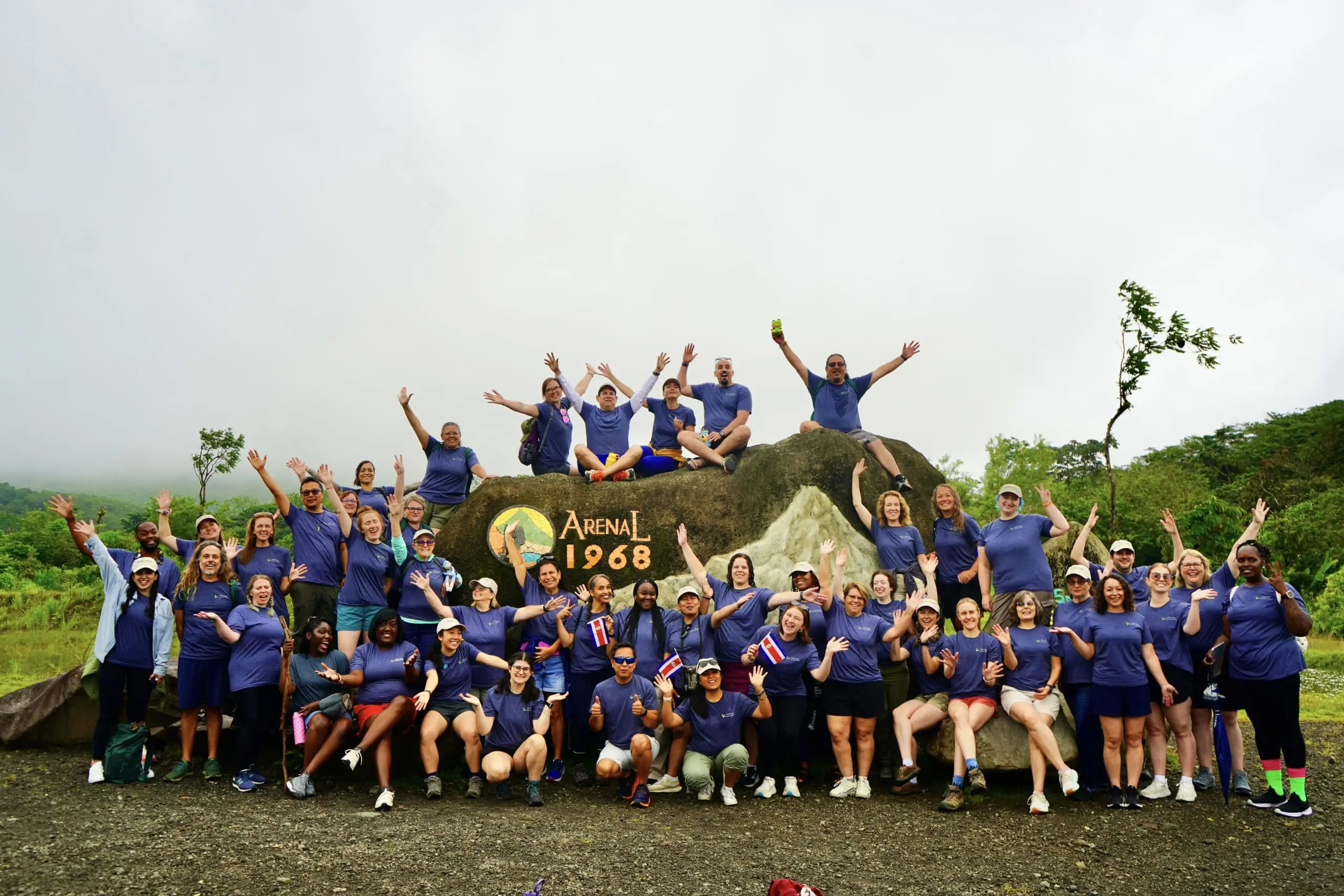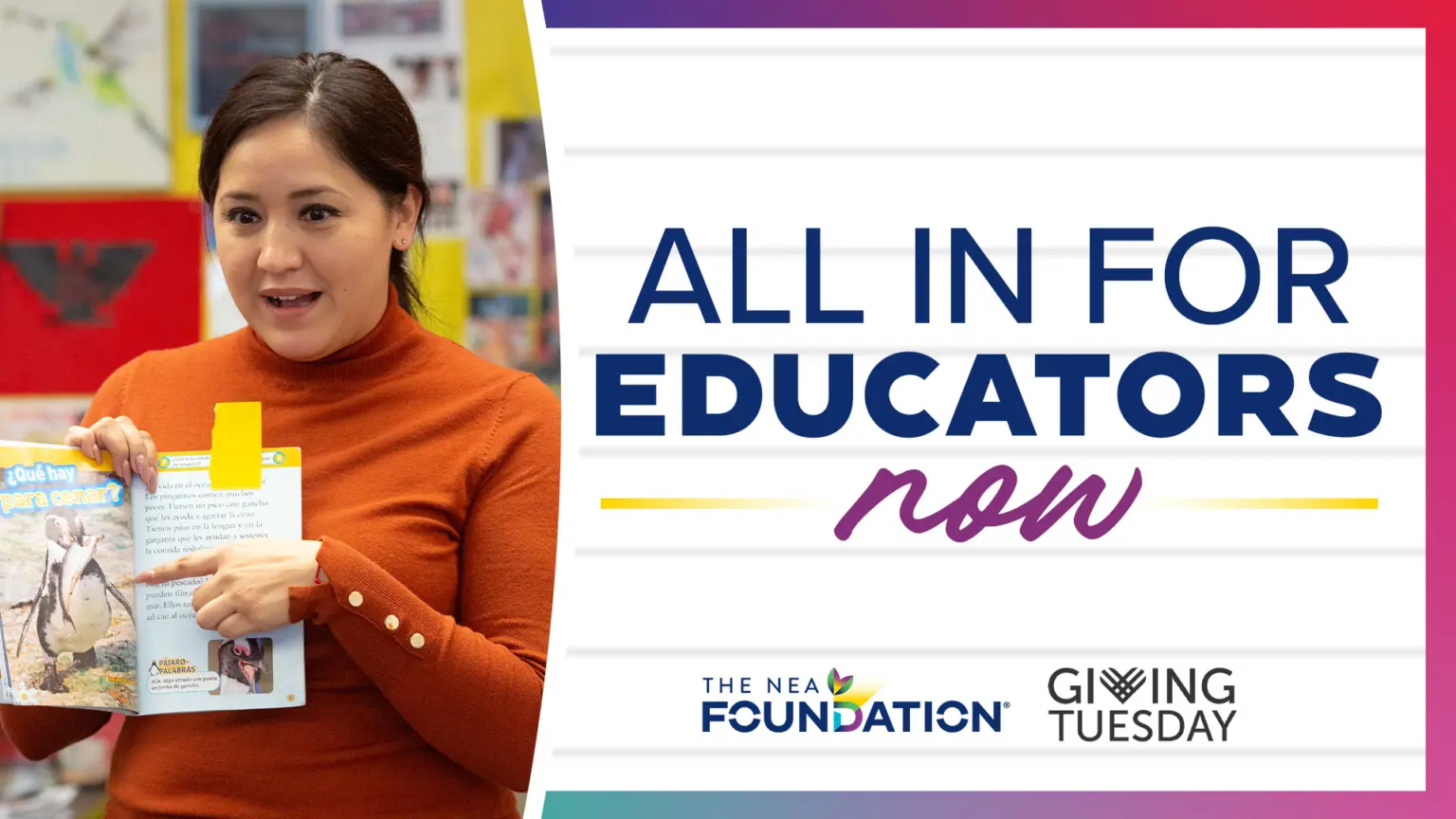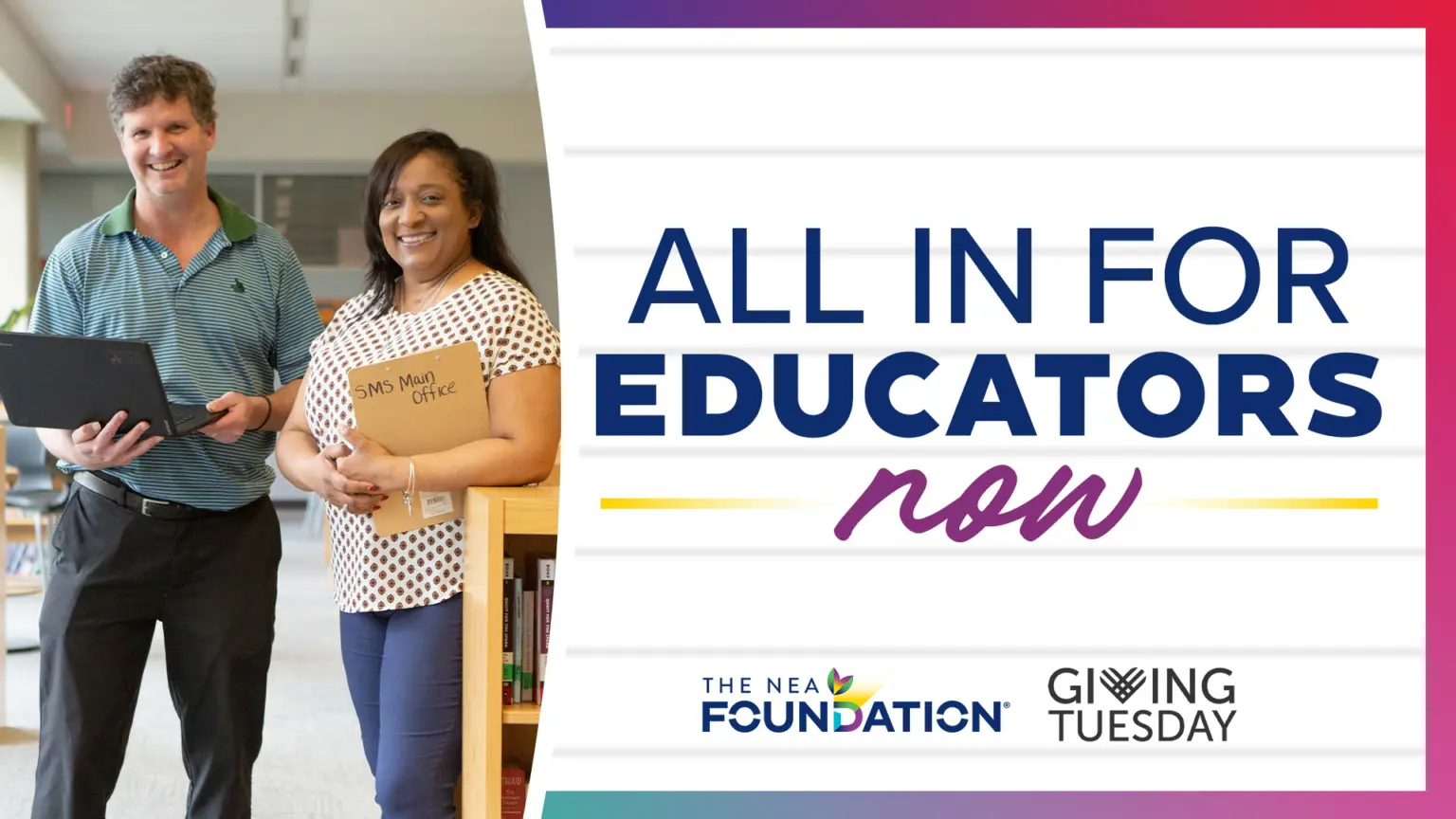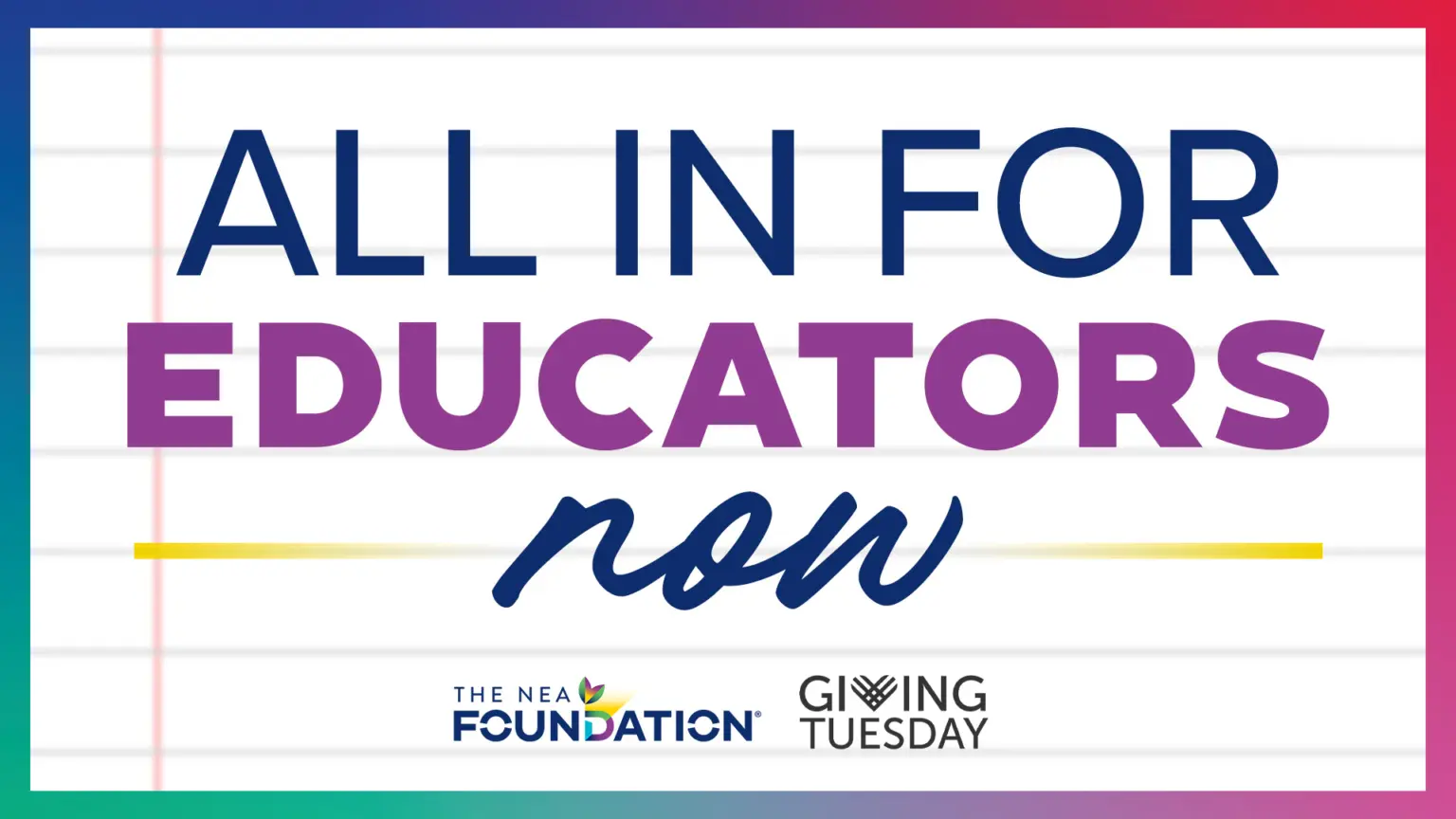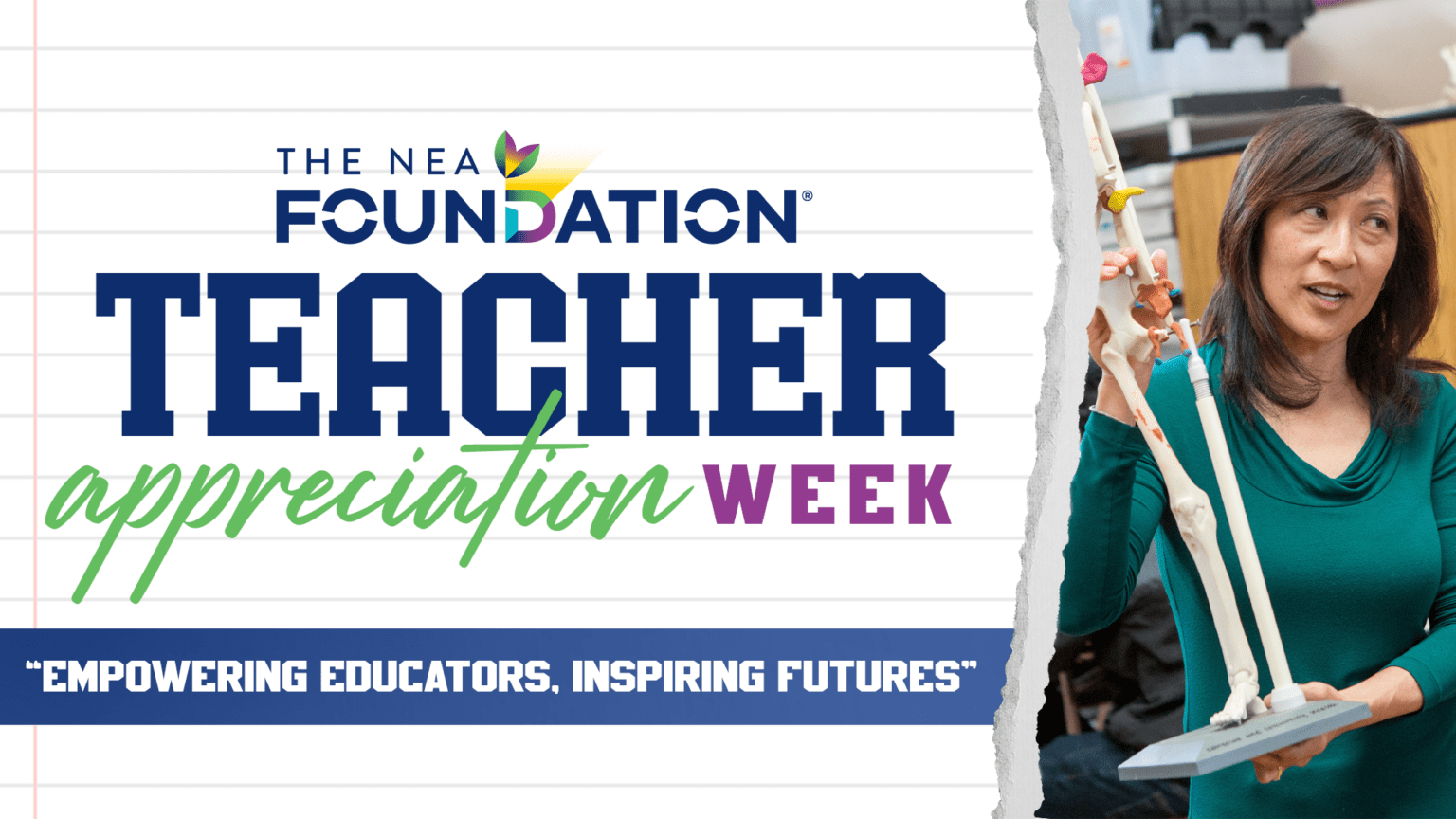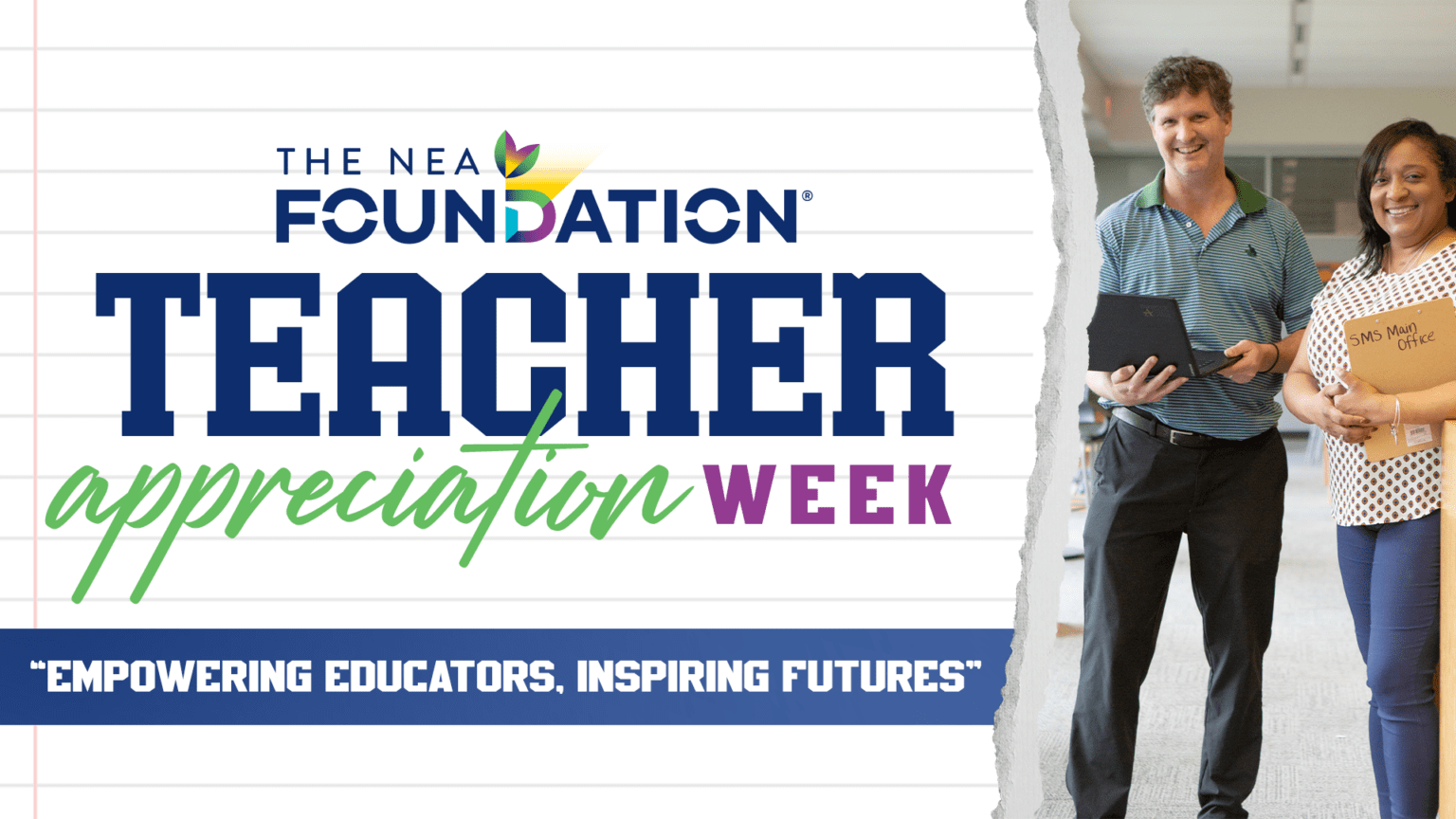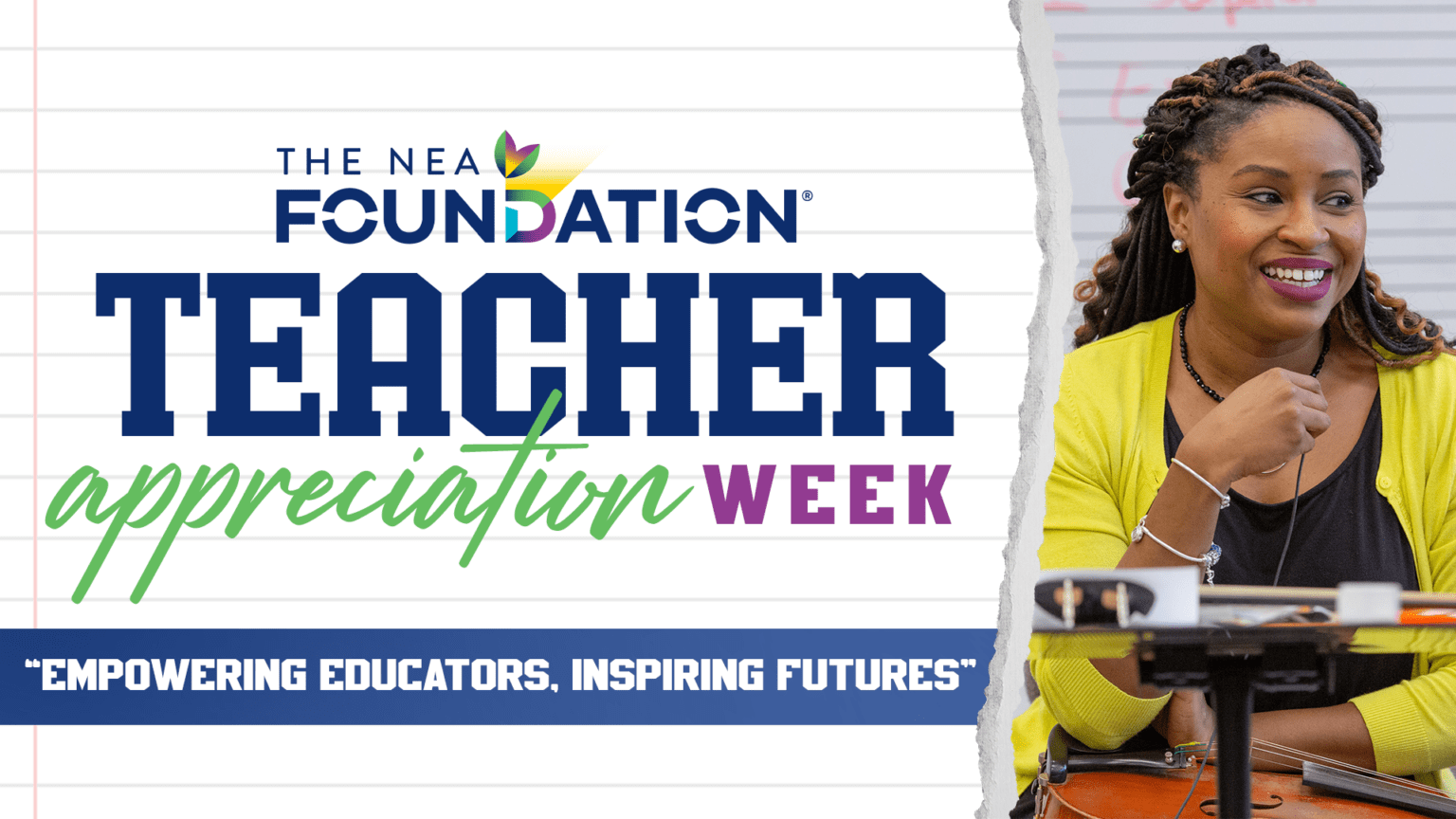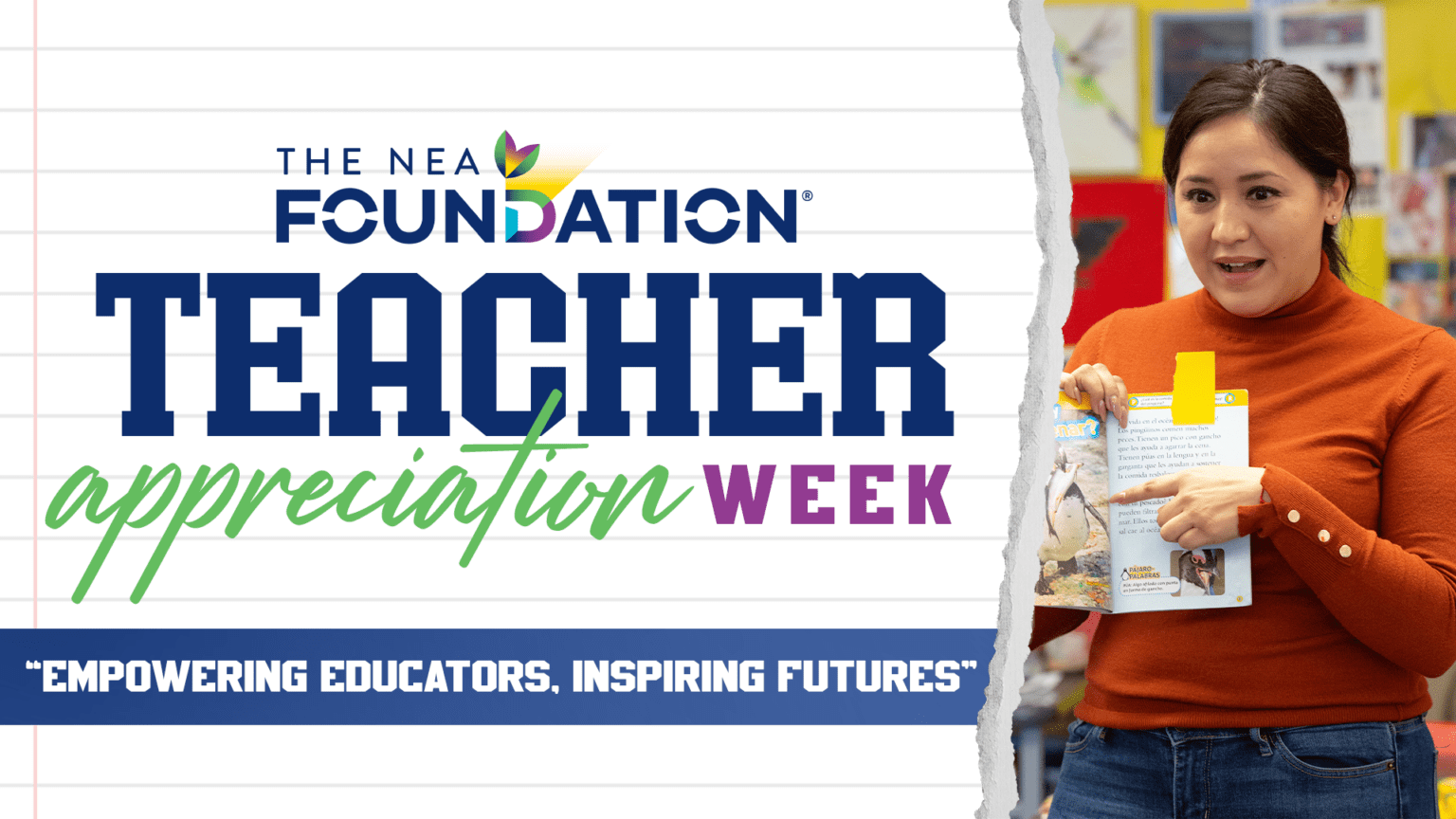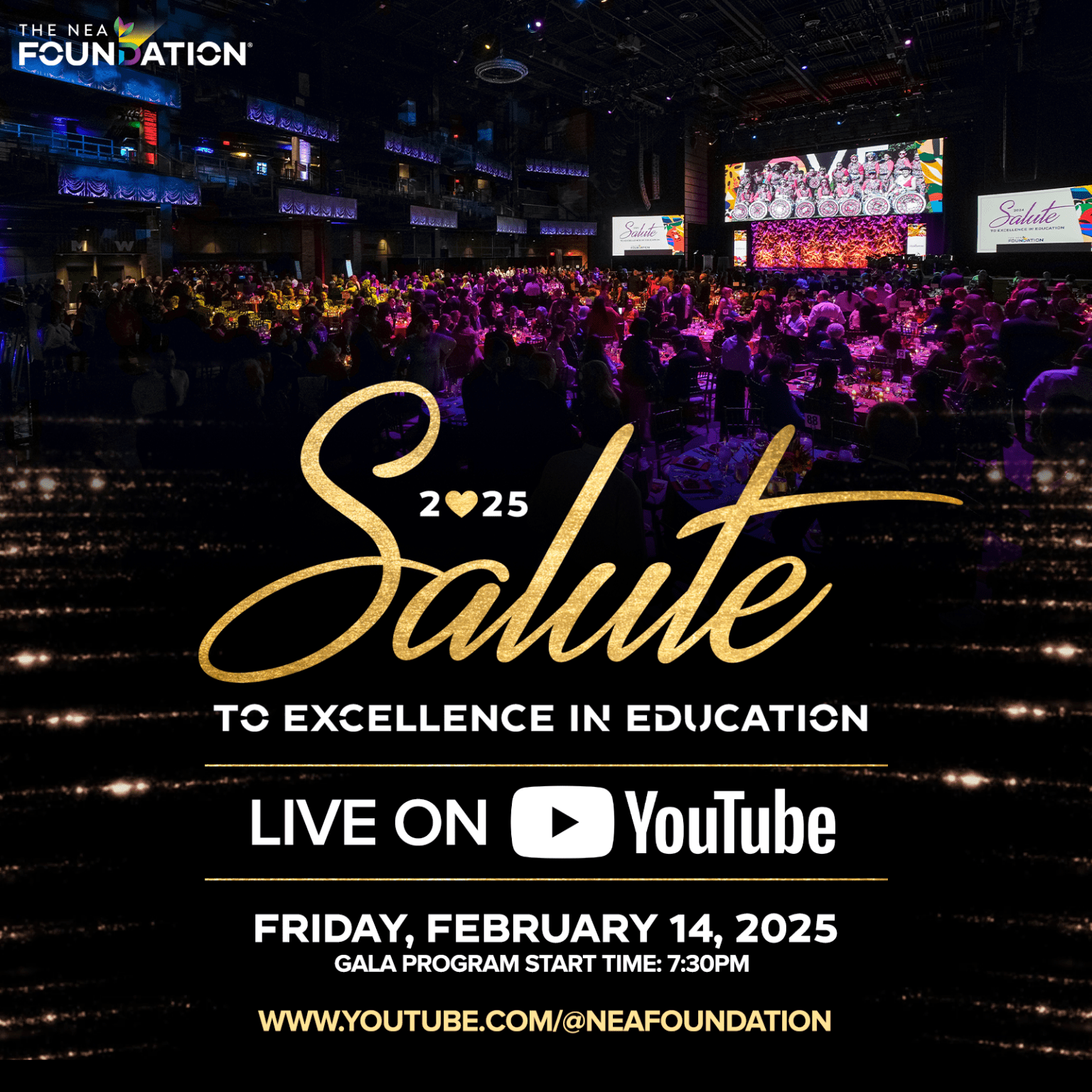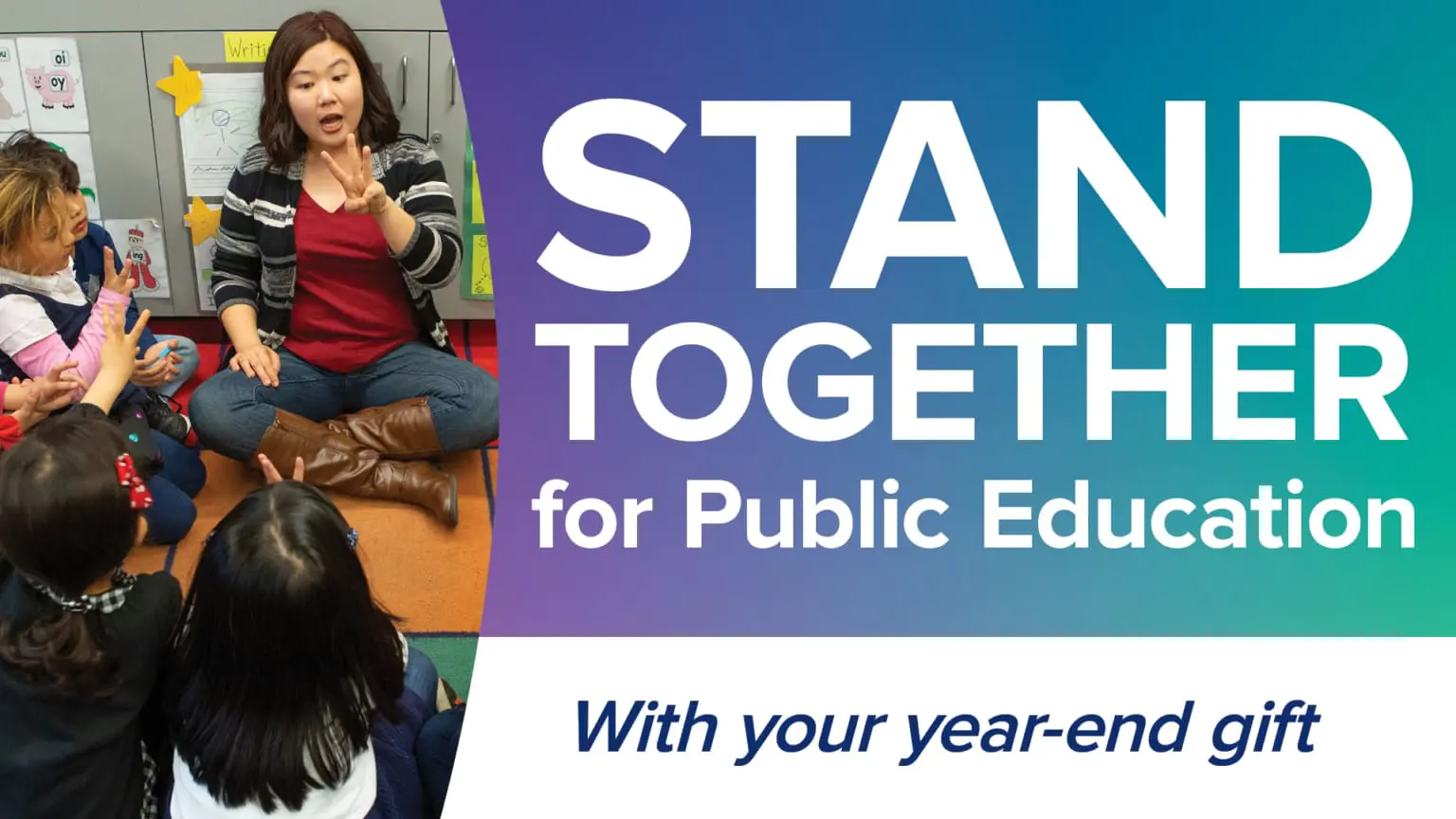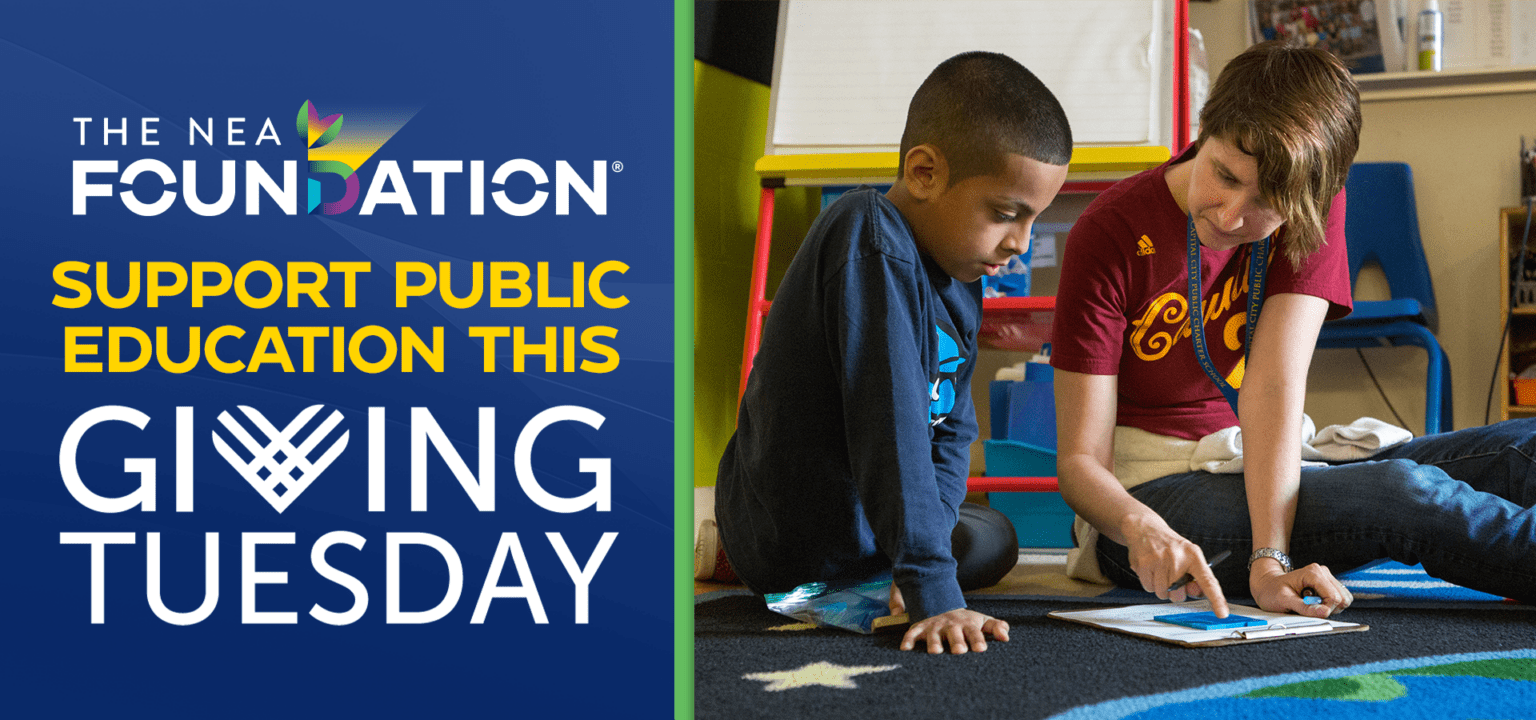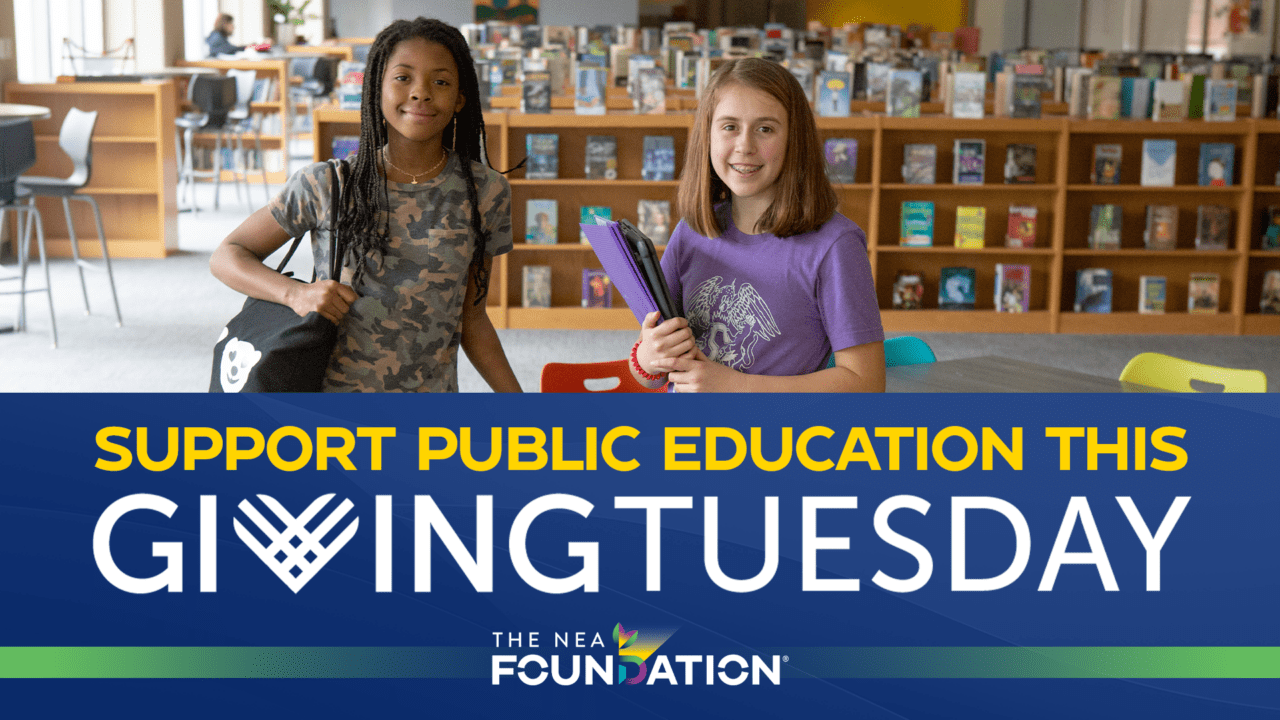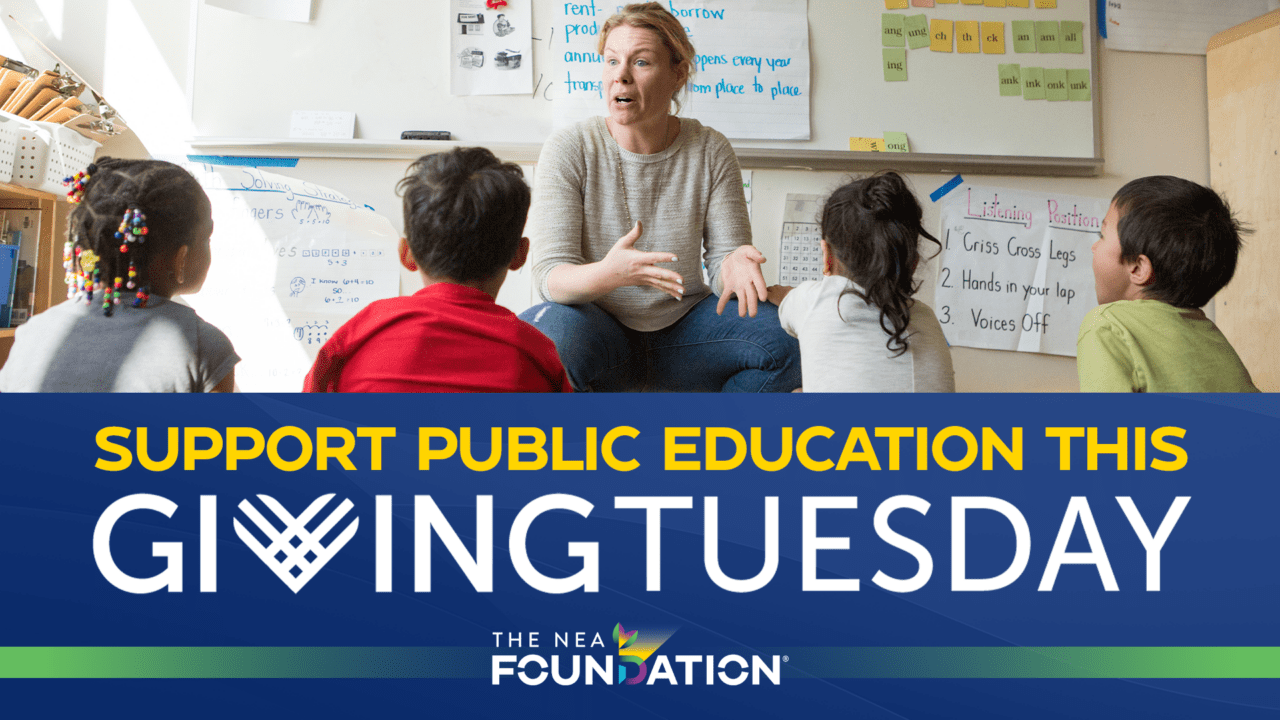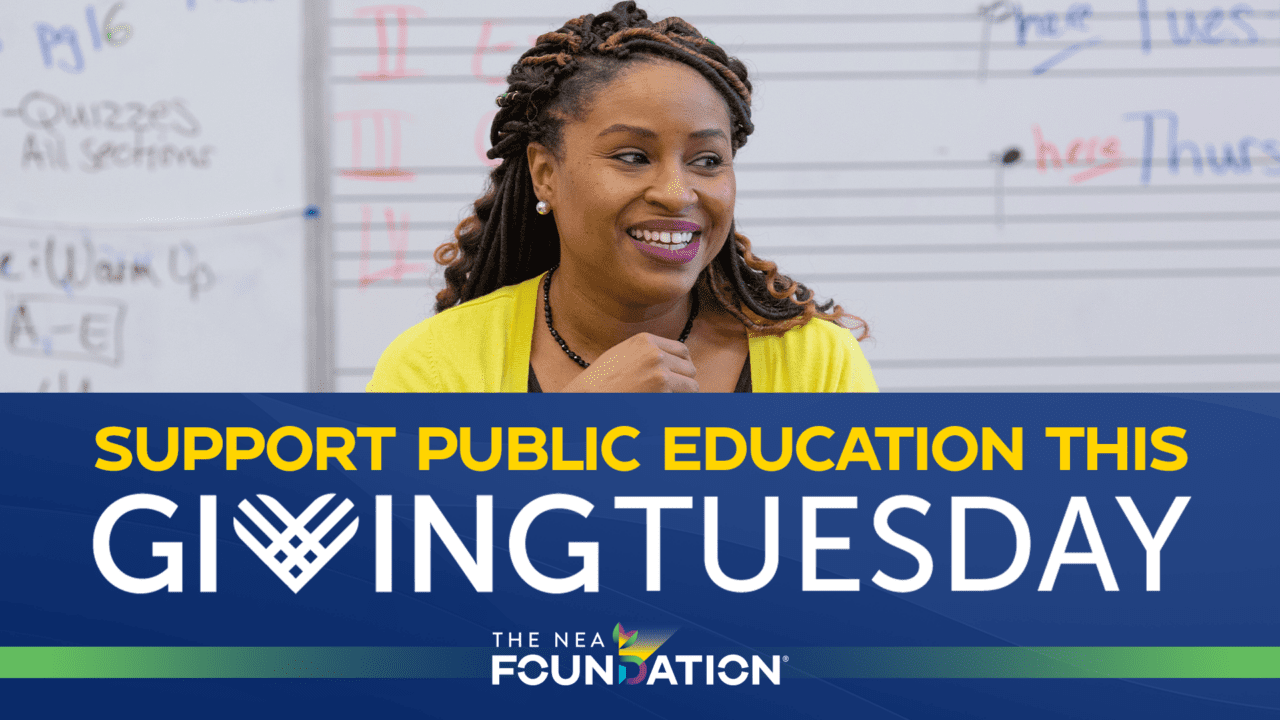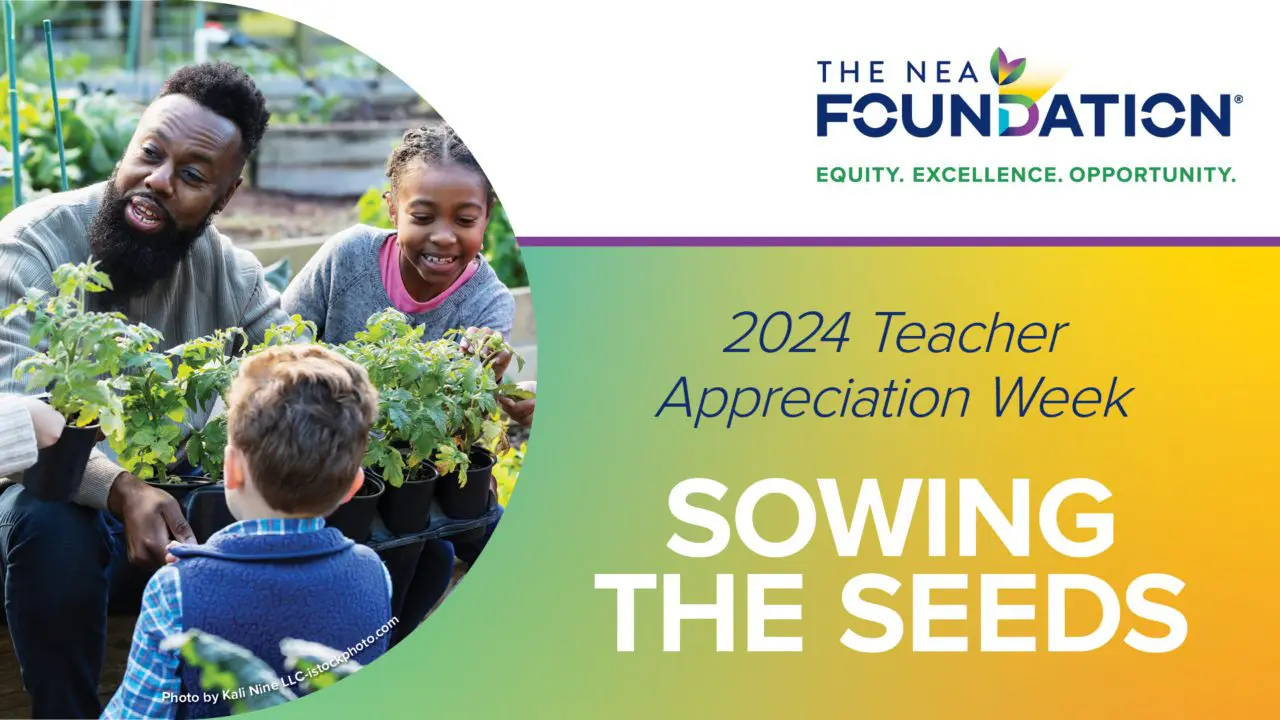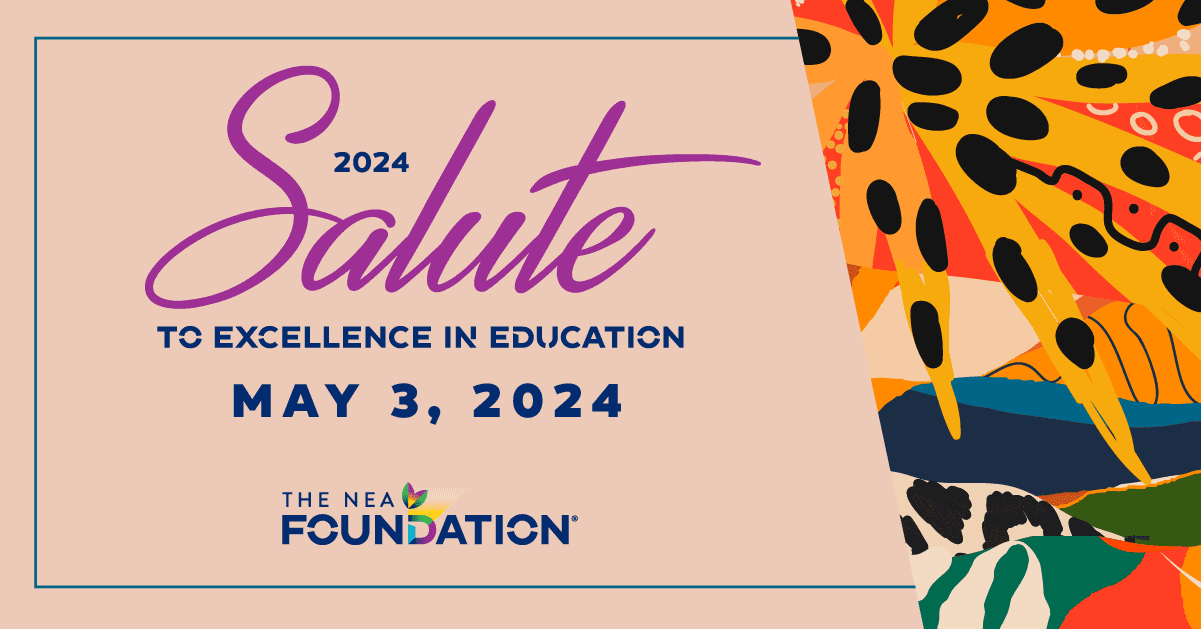At its core, education is about connection, between people, cultures, and ideas. In today’s increasingly interconnected world, the ability to form connections across cultures and with differing perspectives is more critical than ever before, both for educators and students. That belief is what drives the Global Learning Fellowship, The NEA Foundation’s year-long professional development experience for public school educators centered on global competency. Each year, Global Learning Fellows from across the United States engage in nine months of learning about global competency via webinars, readings, mentor groups, and an in-person conference. Then, they embark on a 10-day international field study to explore and engage with the education system of another country.
In June, the 2025 Global Learning Fellows, comprised of 46 educators from across the country, arrived in Costa Rica for a 10-day field study that would expand worldviews and affirm the power of cross-cultural exchange. Their experience will shape not only their teaching, but their students’ understanding of the world.
Why Costa Rica?
Each year, the Global Learning Fellowship centers its exploration of global competency on a specific country, which serves as the location of the 10-day field study. In past years, field study destinations have included China, Brazil, Peru, and South Africa. Each country has something unique to offer in terms of education, history, and culture.
Costa Rica, the location of the 2025 Global Learning Fellowship field study, is a country that boasts a 98 percent literacy rate, nearly 20 percent higher than that of the United States. Education is public and centralized in Costa Rica, and is free and compulsory for children ages 4 through 18. The majority of schools provide one to two meals per day for students, for free.
“Costa Rica’s approach to education is incredibly unique in that it’s actually mandated in their constitution to devote a certain percentage of their Gross Domestic Product to education,” said Global Learning Fellowship Program Officer Torin Peterson. “That figure—eight percent—is also quite high compared to the United States and many other countries. So that historic devotion to education made Costa Rica a really appealing location for this field study.”
Learning in Action: Visiting Costa Rican Schools
School visits are an integral part of the international field study. By visiting schools of another country, Global Learning Fellows are able to engage with educators and students and learn how their educational experiences differ from those in their own classrooms, and what they have in common.
The first school visit of the 2025 field study in Costa Rica was to Colegio Técnico Profesional de Puriscal, a high school in the San José province. The visit began with traditional dance performances by high school students. While not all youth in Costa Rica learn the traditional dances of the region, the ones who do often feel a greater sense of connection to the country’s cultural roots. The opportunity to learn and perform these dances in a school setting helps establish the country’s history and culture as a point of pride among students, families, and educators alike.

Students perform a traditional Costa Rican dance
The performance was followed by a student-led tour. The tour included visits to an architecture class, math class, music class, and English language classes. The students introduced the visiting fellows to their teachers, who shared key components of each class.
The meetings provided an invaluable opportunity for U.S. educators and Costa Rican educators to interface, ask and answer questions about one another’s work, and develop connections. In past years, Global Learning Fellows have carried these professional connections into their own classrooms with student pen pal relationships or video exchanges.
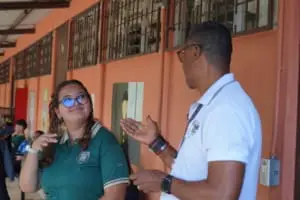
A student talks with her teacher during the student-led tour of Colegio Técnico Profesional de Puriscal
The tour also included a visit to the school’s barn and greenhouse where students learn hands-on agricultural skills, such as milking goats, making cheese, and cultivating plants.
Laura Cummings, a 4th-6th grade math and science teacher in Haleiwa, Hawaii, felt inspired to pitch a similar class at her own school based on ecology, planting, and conservation. The experience also left an impression on Robin McLean, a middle school agricultural science educator in Columbus, New Jersey.
“It’s inspiring seeing the way agriculture is integrated into standard school subjects like math and social studies,” McLean said. “It really helps reinforce what I try to do in my classroom, which ultimately is aimed at encouraging students to consider sustainability and how they can make a difference.”
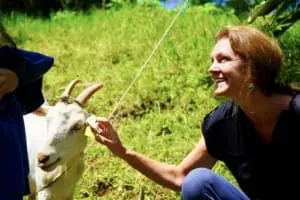
4th-6th grade math and science educator of Haleiwa, Hawaii Laura Cummings takes in the agricultural wing of Colegio Técnico Profesional de Puriscal
A Landmark Special Education Center
The fellows also paid a visit to Centro Nacional Educación Especial Fernando Centeno Güell, a special education center in San José. The center was established by Fernando Centeno Güell, a Costa Rican writer and professor who studied teaching methods for students with special needs. Güell founded the special education center in 1940, marking the country’s first major stride in providing specialized education services to students with disabilities. Today, while special education can be found in public schools throughout the country, the Centro Nacional Educación Especial Fernando Centeno Güell remains a model for special education in Costa Rica.
When visiting the special education center, individual fellows spent time visiting separate classrooms while classes were in session. Visiting classrooms separately allowed each fellow to have quality time with the educators and students at the school, and prevented students from becoming overwhelmed or distracted by a larger group.
“I got to sit in a classroom for over an hour and interact with the main teacher and her aide and it was clear that they really understood each of the student’s needs,” said Naomi Delaloye, a middle school French and Spanish educator in Whitefish, Montana. “The learning was tailored to each student and the teacher approached learning routines with visuals and hand gestures and all these different ways that she communicated with the kids. I thought the whole thing was so impressive, this whole program developed for students with specific needs. It was so nice to see the students supported so completely by everybody around them.”
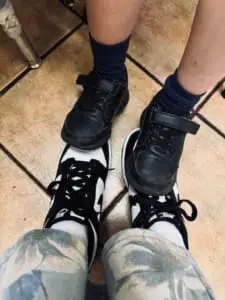
High school math and STEM educator of New York City, New York Danilsa Fernandez shares a moment of connection with a student at the Centro Nacional Educación Especial Fernando Centeno Güell
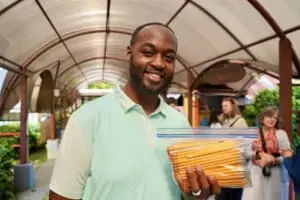
Student support specialist of Philadelphia, Pennsylvania Kenyon Andrews brings a bag of new pencils to share with students and teachers of the Centro Nacional Educación Especial Fernando Centeno Güell
Cultural Immersion: Perspectives beyond the Classroom
The fellows also attended numerous presentations about Costa Rican life and culture. Some were focused on education while others highlighted different aspects of the country.
In one presentation, education researcher Jennyfer León Mena presented findings from her latest report on the state of education in Costa Rica. The presentation was followed by a Q&A session with the fellows.
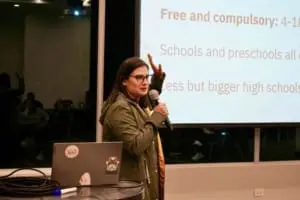
Education researcher Jennyfer León Mena presents about the state of education in Costa Rica
Another presentation took place on a coffee farm where a local guide explained the process of sustainably growing and making coffee. Coffee is one of Costa Rica’s biggest industries and one of its main exports to other countries, including the United States. During the coffee farm tour, the guide explained that migrant workers from Nicaragua do much of the seasonal labor on the farms and are provided with free housing and childcare in addition to their regular pay.

A local guide explains the process of growing and harvesting coffee
Lisa Brinkman, a high school Spanish teacher in Loveland, Ohio, was highly interested in the information about migrant workers. In her own classroom, she teaches a unit on migration in which students explore the wide range of factors that cause human migration, such as economic opportunity and political strife. In the upcoming school year, she plans to incorporate information about the migrant workers from Nicaragua working on the Costa Rican coffee farms.
“One of the most impactful parts of this field study for me was learning about how Costa Rica as a country treats people, whether locals or immigrants, with dignity and respect,” said Grand Pacheco, a special education teacher in Bladensburg, Maryland. “When immigrants come to Costa Rica to work on the coffee farm, for example, they’re treated with dignity because they’re helping with the coffee industry.”
A Special Reunion
High school science educator Kathy Bosiak teaches in Lincolnton, North Carolina, where many first- and second-generation immigrants from Costa Rica have settled. When she told her students that she would be traveling to Costa Rica with the NEA Foundation’s Global Learning Fellowship, the reaction was very positive.
“I think the fact that I’m here and engaging with the culture, enjoying the food, learning about the history, will help even more with connecting with my students,” said Bosiak.
One of Bosiak’s former students, Carla, now lives in Costa Rica with her husband and children. When Carla learned that Bosiak was coming, she eagerly arranged for the two to meet.
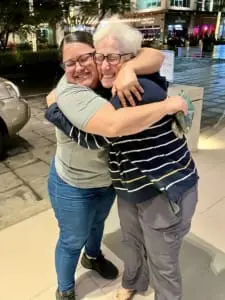
High school science educator of Lincolnton, North Carolina Kathy Bosiak reunites with a former student, Carla, in San José, Costa Rica
“It was a tearful reunion,” said Bosiak. “She was my student thirty years ago, and she’s a really special person. We’ve kept in loose contact over the years, and seeing her in San José, and meeting her husband and two children—it was amazing.”
Final Reflections: Shared Purpose across Borders
As the field study drew to a close, fellows returned home not only with new pedagogical insights, but with a renewed sense of community. Many of the fellows described the sense of community as the most impactful part of the experience.
“As an early educator, I sometimes feel really isolated,” shared Hannah Johnson, a 4th grade classroom educator in Brooklyn Park, Minnesota. “This has been a great opportunity to experience real collaboration and deep thinking as a group. It’s propelled me to think that I can continue teaching for a long time, and do it really well.”
The fellows also left with the affirmation that educators across cultures, languages, and systems have a shared commitment to serving students in the best ways possible.
Nicole Kelso, a kindergarten educator from Alaska who teaches at a U.S. military base in Japan, offered a uniquely global perspective: “One of my biggest takeaways from this experience is that it doesn’t really matter if you are a teacher in Costa Rica, or Japan, or somewhere in the United States—teachers around the world are doing their best for their students with what they have.”
Her words encapsulate the essence of the Global Learning Fellowship: building bridges between educators, grounded in empathy, shared values, and a collective dedication to students everywhere.
